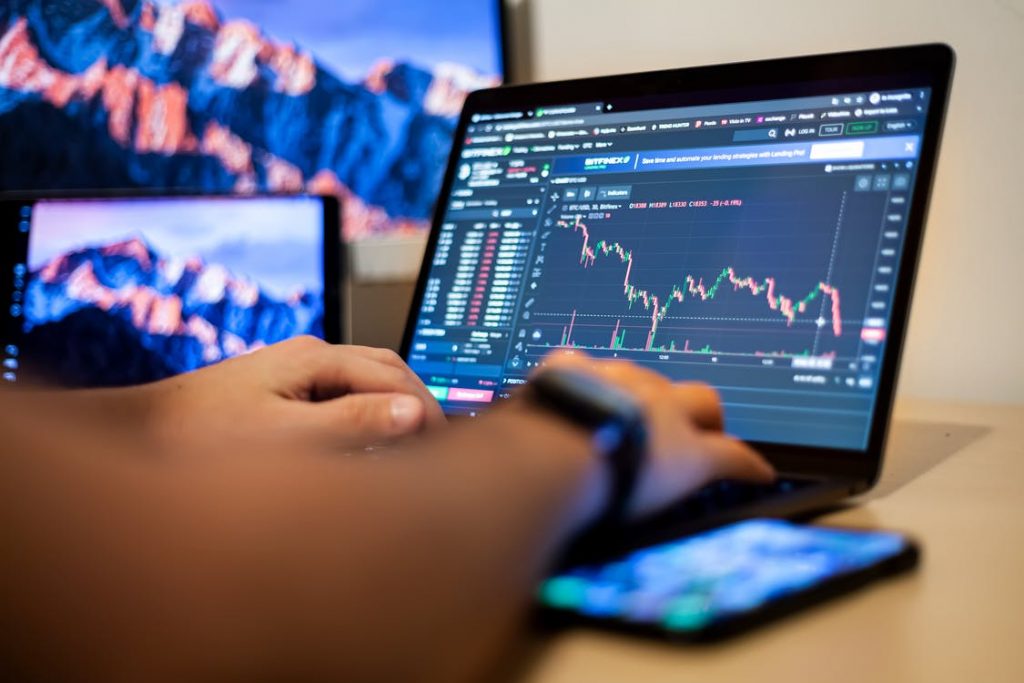Evolution of forex trading
Touted as the largest and most liquid financial markets in the world, forex trading has seen a boom in recent years. While there are many factors that may have led to this, such as the 2020 global conditions and financial difficulties that many people found themselves in as a result, there is also more knowledge on forex trading due to the internet and workshops offered. Just over a decade ago in 2010, the forex market reportedly accounted for more than 3 trillion dollars of daily trading. Fast forward to early 2021 and the forex market’s daily trading volume is said to be approximately 6.6 trillion dollars, marking a 40% increase.
Although some people believe that the concept of forex trading has been around since as early back as the days of the barter system, others argue that back then, there was no use of currencies and therefore, the two cannot be likened. When one considers that the investment and profit-making opportunity with forex trading lies in the exchange rate fluctuations and global conditions, the latter seems true.
New technologies revolutionising forex trading
Nowadays, one cannot ignore the impact of technology in popularising the concept of forex trading. It has given people across the globe access to US forex trading platforms, which are amongst the most popular and trusted by the masses. Moreover, new technologies such as big data, artificial intelligence (AI) and predictive analytics are truly revolutionising the industry. In the advent of trading robots and predictive analytics, traders now have an added advantage and added convenience for guiding their trading decisions. Based on historical data and future predictions, new technologies are key in providing market-related insights that will have an impact on the currencies and their performance on the forex market. Because traders attempt to make the highest returns with the least bit of risk, there has been a growing interest in these new technologies.
Information Use !!
Concerned about online trackers and introducers tracing your internet activity? Or do you face geo-restrictions while streaming? Get NordVPN - the ultra-fast VPN trusted by millions, which is available at 69% off + 3 Months Extra. With the Double VPN, Split tunneling, and Custom DNS, you can experience internet freedom anytime, anywhere.

In a way, big data has led to an improvement in trader retention because it provides a sense of hope even when traders lose a trade. As expected, particularly from novice traders, when one loses a trade they can become despondent, fearful and lose interest in the forex market. However, because these new technologies are able to provide historic data on market performance, it may be the much-needed hope that traders need if they see how their currencies performed in previous years. Moreover, risk assessment and crisis prevention have also been made easier by these technologies. Brokers who actively and successfully make use of big data are generally more informed on potential risks and crises and can thus inform their traders accordingly. This is especially important when it comes to high market volatility, as this means that traders risk losing most, if not all, of their investment. That being said, brokers that are well informed on the latest trading technologies and trends tend to be more preferred, as it provides a level of comfort for traders that they most likely have a better approach to trading and make use of more beneficial techniques, which are guided by the information gleaned from the use of new technologies.
Disclosure: If we like a product or service, we might refer them to our readers via an affiliate link, which means we may receive a referral commission from the sale if you buy the product that we recommended, read more about that in our affiliate disclosure.

